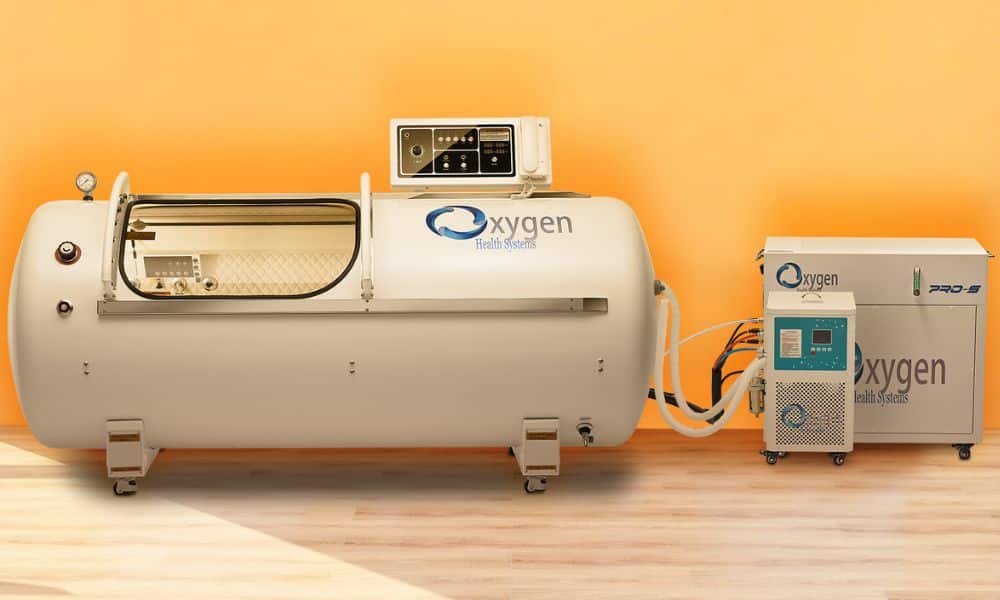Health
Different Types of Hyperbaric Chambers Explained
Hyperbaric oxygen therapy (HBOT) has emerged as a versatile treatment for various medical conditions and as a tool for enhancing wellness. The correct type of chamber ensures the user gets the treatment they need, and the chamber’s design can enhance the user’s comfort. Use our explanation of different types of hyperbaric chambers to find the right one for you.
Hardshell vs. Softshell
Hardshell hyperbaric chambers are constructed with hard materials like steel, allowing for high-pressure treatments. They can reach and maintain higher and more specific treatment pressures.
Alternatively, softshell chambers are made from softer, flexible materials, making them more portable. Hyperbaric Pro provides softshell chambers made with certified, non-toxic medical grade thermoplastic polyurethane (PTU). The polyester used in the TPU is highly durable and was used in NASA space suits for years. Additionally, our softshell chambers feature a 3-zipper system that reduces stress on the zippers.
Differing Pressure Levels
Hyperbaric chambers can offer treatments at varying pressure levels. The pressure measurement is indicated in ATA, or Atmospheres Absolute, which is a unit of pressure that measures the total pressure exerted on an object by a gas or mixture of gases. Low-pressure treatments may work for less severe ailments or preventative care, while higher pressures may be necessary for deep wounds or serious infections.
Choose your hyperbaric chamber based on its pressure capabilities to match the specific treatment protocol. The selected treatment pressure influences the amount of oxygen that can be dissolved into the bloodstream, which is central to the therapy’s effectiveness. At Hyperbaric Pro, we offer chambers ranging from 1.3 ATA to 3 ATA, including a 2 ATA hyperbaric oxygen chamber.
Horizontal vs. Vertical
HBOT chambers can have a horizontal or vertical orientation. Patients lie down when using horizontal chambers, and many find this position relaxing. This design generally allows for a more even distribution of pressure around the patient’s body.
Vertical hyperbaric chambers stand upright and may accommodate patients in a sitting or standing position. Some patients find vertical chambers more comfortable or less claustrophobic. Vertical chambers also enhance accessibility for patients who have difficulty lying down or who have mobility concerns.
Monoplace vs. Multiplace
Monoplace hyperbaric chambers treat one patient at a time. They are compact, making them an attractive option for smaller medical practices or home use. Their individualized nature provides a personalized treatment setting, where conditions like temperature and pressure can be tailored to each patient’s needs.
Conversely, multiplace hyperbaric chambers can accommodate two or more patients simultaneously. Multiplace settings foster a sense of companionship among patients, which can be reassuring and reduce treatment-related anxiety.
This explanation of the different types of hyperbaric chambers highlights the unique benefits that each brings. The chambers’ materials, pressure levels, orientations, and sizes cater to different treatment scenarios. Use this foundational understanding to find the right hyperbaric chamber and enhance your treatment experience.

